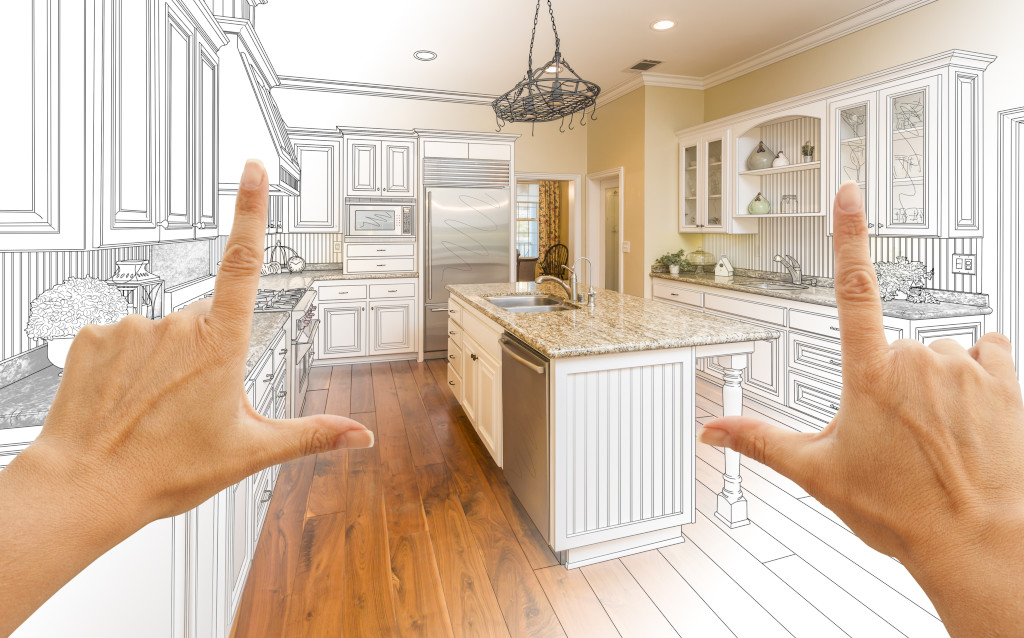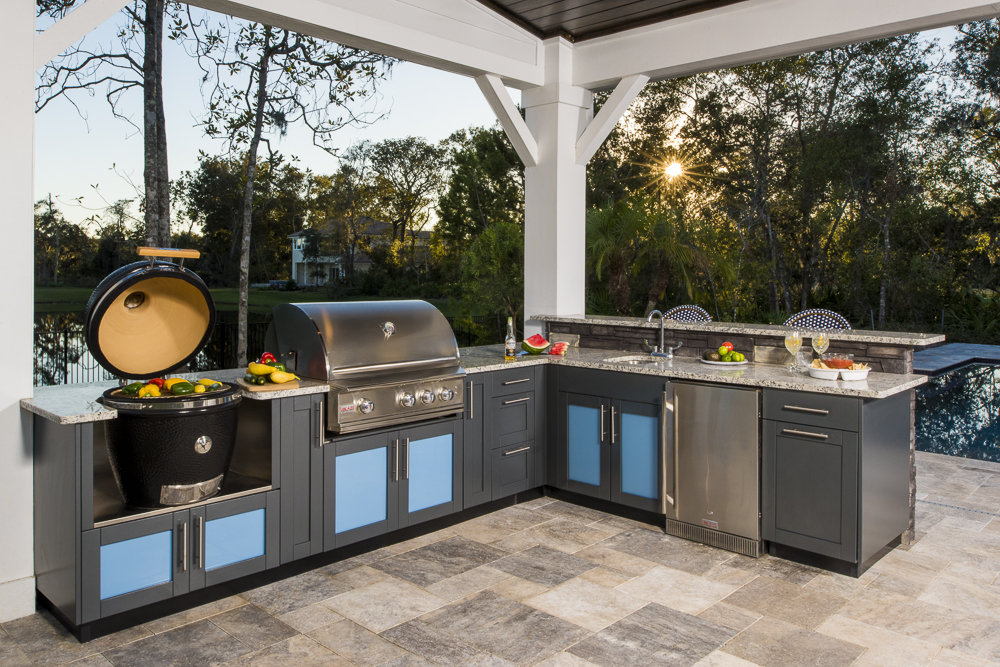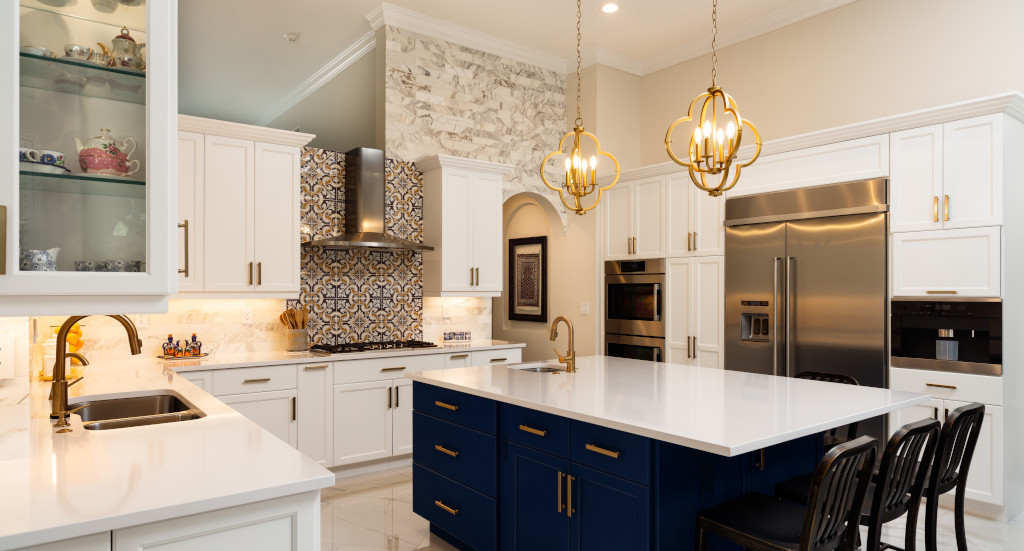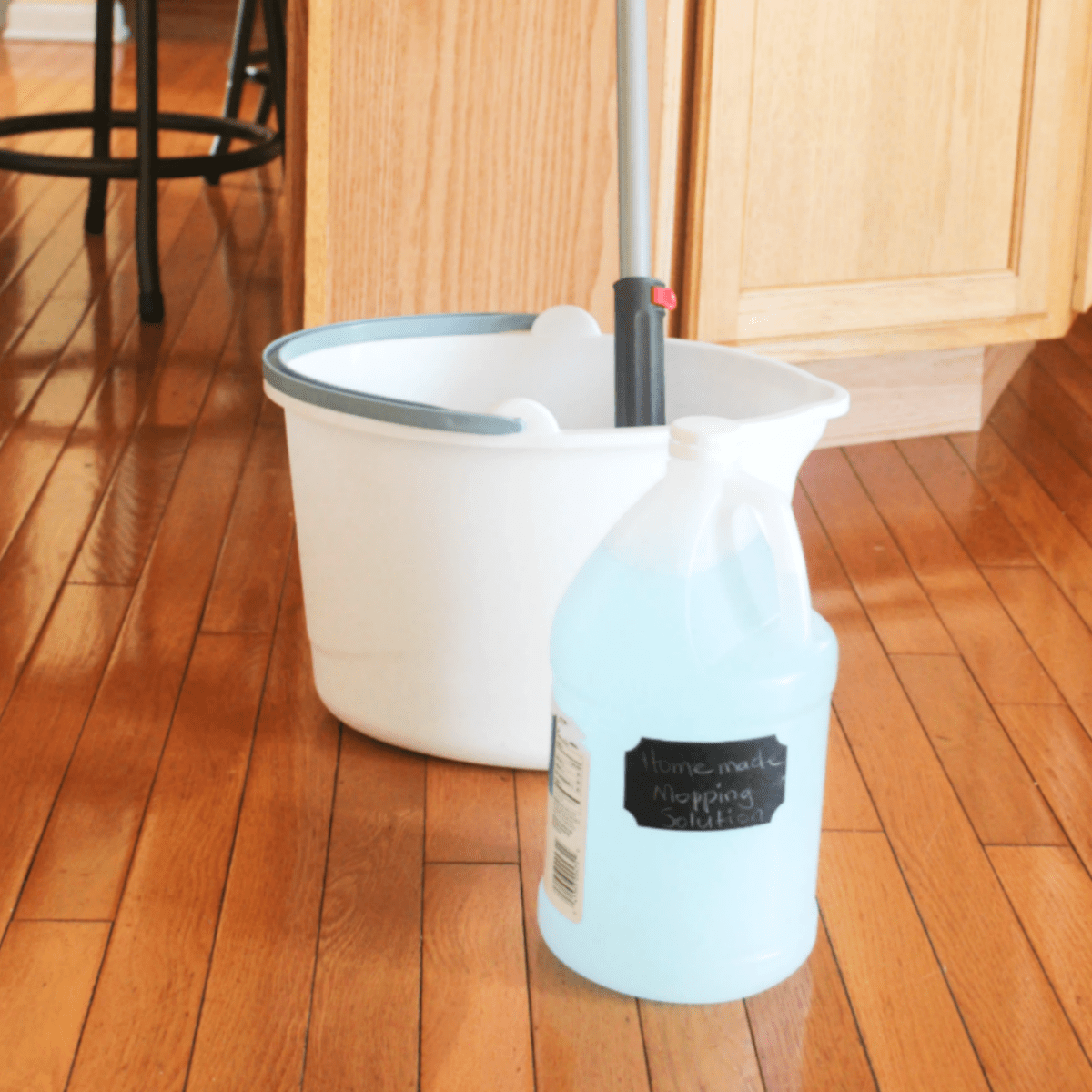A tack cloth is a type of absorbent material that’s used to remove excess dust, dirt, and contaminants from the surface before painting.
In this article, you will learn when and why you should use a tack cloth before painting, the benefits of using a tack cloth before painting, and other uses for it. Let’s dive deep into this topic.
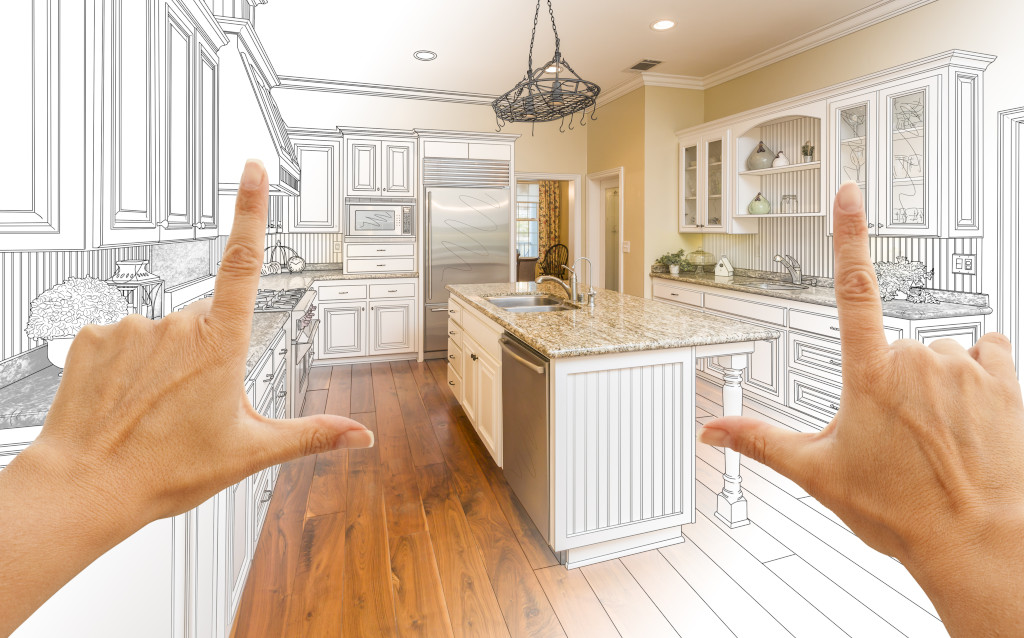
Image Credit: http://thespruce.com
What is a tack cloth and why do you need one?
Tack cloths are designed to pick up particles that might otherwise be left behind by an ordinary rag or brush and create bumps in your paint job.
Before applying any type of paint, you should always use a tack cloth to remove excess dust or dirt and other contaminants from the surface and then let it dry for at least an hour or two before painting. This is especially important with latex paints because leftover residue can cause the finish to be lumpy and bumpy when dried, which is unattractive.
Because lint is not absorbent like fibers but instead picks up particles by static electricity (just like cling wrap), tack cloths won’t leave behind any foreign objects such as lint or hair on the surface that can become embedded in your new paint job. Instead, they will remove all types of dust loose dirt attached to wood, metal, or your drywall.
Where are tack cloths most useful?
Tack cloths can be used on almost any material before painting, but they are especially useful on the following:
Bare wood and metal – tack cloths will remove most of the dust that has built up over time without disturbing loose dirt or grime that could become embedded in your paint job. Drywall – tack cloths will wipe away any dust particles attached to it with static electricity before you apply primer and paint so the walls don’t need to be washed and left to dry for several hours or even overnight as is usually required with latex paints. Cabinets, doors, and fixtures – although not 100% necessary if these surfaces have already been cleaned very thoroughly, tack cloths can be used to pick up any dust particles left behind during the cleaning process.
Tip: If you are using both a tack cloth and a lint-free cloth, always use the tack cloth first before using your lint-free cloth. This will save you money because after one or two uses, tack cloths become worn out and ineffective at removing excess dust from surfaces that need to be painted.
Painting a wall with a tack cloth
Painting a wall is probably the most common use for a tack cloth. When using one, you should always apply your base coat paint first before applying any topcoats.
1. Test your room’s humidity levels
To determine how long you need to leave the surface after wiping it down with a tack cloth and before painting, take note of the humidity in your room by checking the reading on an indoor humidity monitor.
Most paints recommend waiting at least 24 hours when the room’s humidity level is above 50%. If you don’t follow this recommendation, the latex-based paints might begin to dry too soon due to evaporation inside the bottle or can lead to imperfections in your paint job.
If this doesn’t work for you, try something else that will keep you from rushing your paint job. You can also try painting in a different room or cover the floor with drop cloths to help control the humidity level in your room.
2.Wipe down surfaces
Wipe down all areas of wood, metal, and drywall with a tack cloth to remove any dust particles added overtime before applying primer or paint. This is especially important if you are using latex paints because any leftover residue attached to the wall by static electricity may cause bumps when dried – which are totally unattractive.
3. Leave it on for an hour
Leave tack cloth on all surfaces for at least an hour after wiping them with it before applying primer or paint. Some people claim that leaving tack cloths on longer is better, but this isn’t necessary unless you are trying to remove dried paint that is already on there.
4. If it still looks dusty, uses a lint-free cloth instead
If it takes more than an hour for your surfaces to look clean after wiping them down with tack cloth, try using another new one or even lint-free rags made of cotton or synthetic fibers so you won’t have any problems removing the dust again while painting. Always remember to wipe surfaces with lint-free rags first before applying primer or paint.
5. Use latex-based primers and paints
When painting walls in rooms where humidity levels are high (above 50%), always apply extremely thin coats of latex base coat paint first before applying any topcoats or you will have problems with bumps and other annoying imperfections in your paint job.
6. Use a top coat
When applying any topcoats, such as varnish, polyurethane, lacquer, etc., only coat the surface with just one thin layer to avoid any bumps that may appear. If you apply more than one coat of topcoat and allow it to dry between coats (before recoating), make sure it has completely dried before continuing otherwise these imperfections may begin to form on your surfaces.
How to make tack cloths at home
When painting your house, it’s easy to make your tack cloth by using a few simple items you probably already have in your household. For this process, you will need:
A clean, lint-free rag (100% cotton preferred)Mineral spiritsPainters tape
Make sure that the paint on walls is completely dry before attempting to remove dust from them with a tack cloth because it may leave moisture stains that are difficult or impossible to get rid of. If it does happen, try recoating topcoats over ugly watermarks. Using mineral spirits is necessary when creating homemade tack cloths because they contain smaller molecules that will be able to seep into the surface easier. These small molecules create weak hydrogen bonds with larger, oilier molecules in dust and dirt, which will be removed when applied with a rag.
Pour enough mineral spirits into a small glass or plastic container to completely saturate your rag. Drop your rag inside and let it soak for about an hour before removing it from the solution carefully without squeezing out any excess liquid. Wring out excess moisture – place the lint-free rag over a paper towel and use both hands to firmly squeeze it tightly until the excess fluid has been absorbed into the paper towel underneath. The more water that’s left inside, the less effective your tack cloth will be so make sure not to leave any behind because it will just create tiny water beads that will cause problems for your paint job later on. Hang dry rag – fold up the paper towel and gently press down against it to remove any excess moisture from within before hanging it somewhere it can dry out completely. To make sure you won’t accidentally drop any of the solutions onto a surface where they shouldn’t be, place an old cookie sheet or pan underneath. You should also make sure there’s no heat source nearby because heat will degrade the integrity of tack cloths quickly. Let your rag dry out for a minimum of one hour, but preferably overnight depending on humidity levels in your household. If this is not possible, then let it sit on a countertop or another flat surface to speed up the process.
Once your rag has dried out completely, you should notice that the moisture from mineral spirits has made it excessively sticky. Although this is great for wiping down surfaces because dust will stick to them easily, there’s a risk of accidentally dropping tiny pieces of lint onto newly painted walls so always take extra precautions when using homemade tack cloths.
It’s also best you apply top coats with thicker, more viscous materials like polyurethane or varnish so they have fewer chances of running off the side of vertical surfaces due to gravity. To avoid having problems with bumps or bubbles in your paint job, only coat surfaces once with thin layers and allow each layer to dry before applying another one. If you need to touch up a spot where you used tack cloth, make sure to wait until your paint is completely cured before doing anything or it may get pulled up easily.
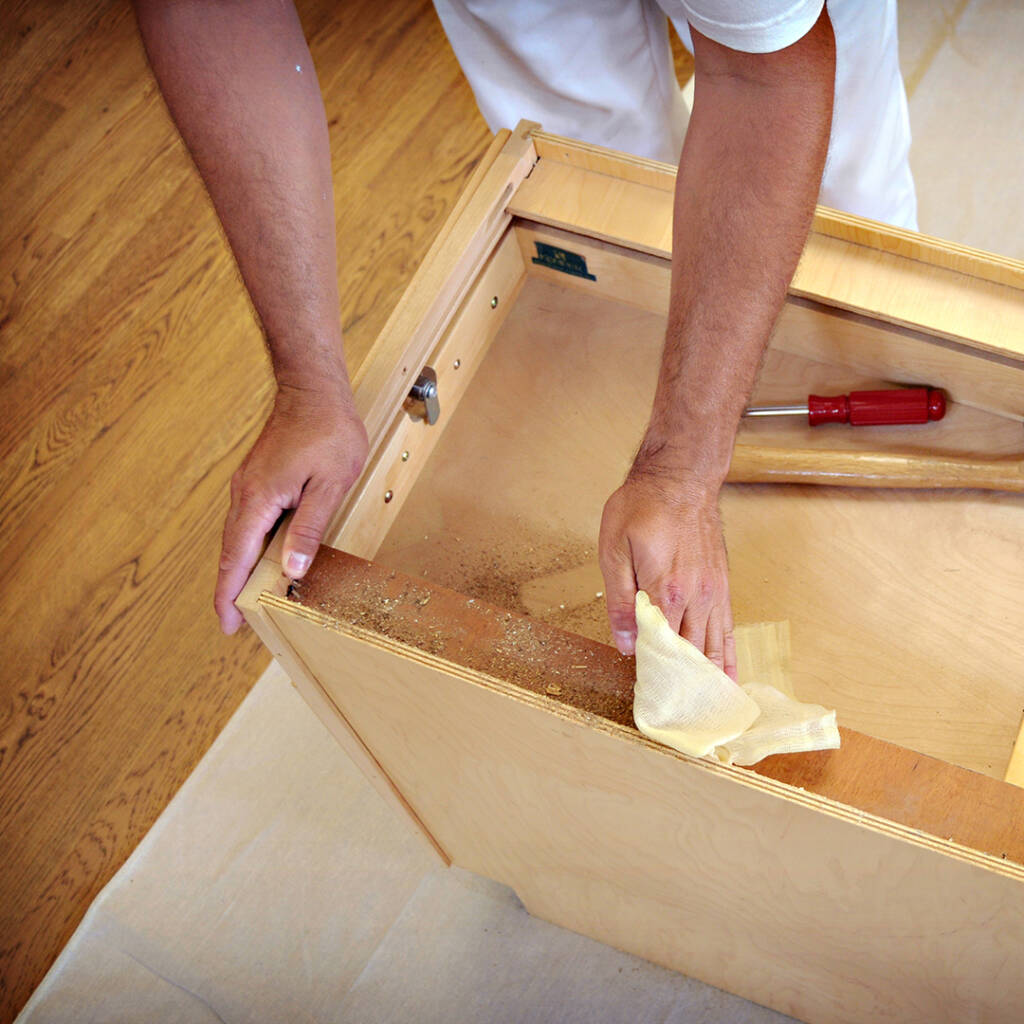
Image Credit: http://trimaco.com
Final thoughts on how to get a flawless paint job with a tack cloth
In conclusion, the best way to get a flawless paint job is to use the right tools for the job. In this particular case, the best tool is the tack cloth. A tack cloth will do an amazing job of removing particles and getting all the lint off your item before painting it. Overall, I would recommend using a tack cloth for anyone that wants their paint job to be clean and last longer.
The post Get A Flawless Paint Job With A Tack Cloth appeared first on Kitchen Infinity.
